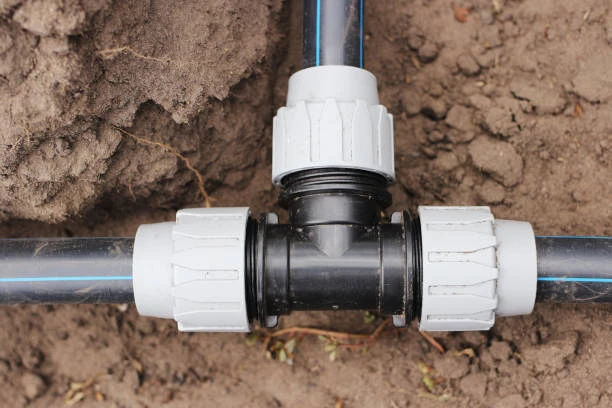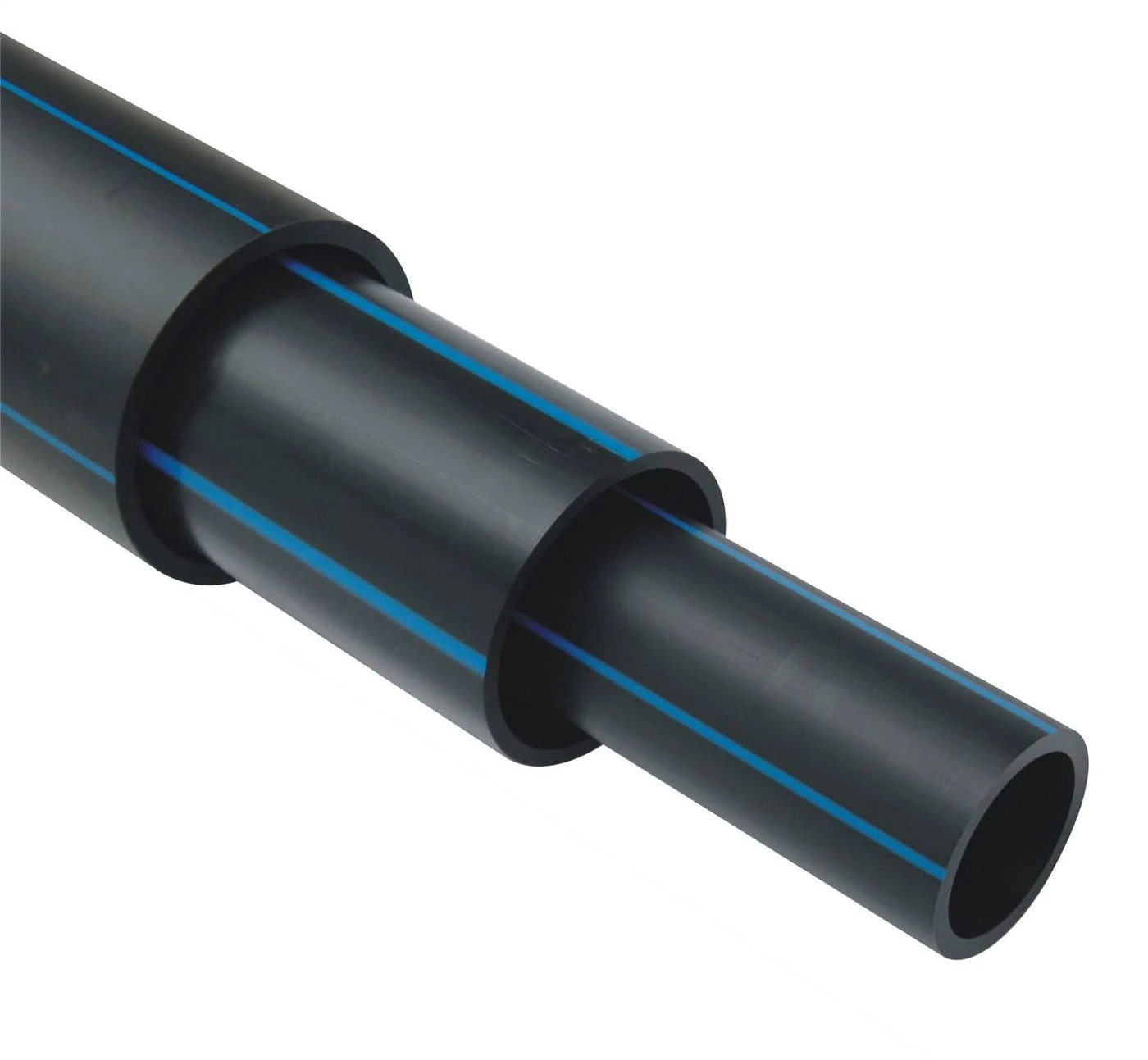The plastic pipe and fittings market has experienced significant growth over the past decade, driven by various factors such as increasing demand for infrastructure, rising environmental concerns, and technological advancements. This article explores the current trends, challenges, and future prospects in the plastic pipe and fittings market, shedding light on key insights that stakeholders should be aware of.
Understanding Plastic Pipes and Fittings
Plastic pipes and fittings are essential components in various applications, including plumbing, irrigation, and industrial processes. Made from materials like PVC (Polyvinyl Chloride), HDPE (High-Density Polyethylene), and PEX (Cross-Linked Polyethylene), these products offer numerous advantages:
- Corrosion Resistance: Unlike metal pipes, plastic pipes do not corrode, ensuring a longer lifespan.
- Lightweight and Flexible: Plastic pipes are easier to handle and install, reducing labor costs.
- Cost-Effective: Generally, plastic pipes and fittings are more affordable than their metal counterparts, making them attractive for large-scale projects.
Current Market Trends
1. Growing Demand in Construction and Infrastructure
The global construction industry is witnessing rapid growth, particularly in emerging economies. This surge in construction activities drives demand for plastic pipes and fittings, which are used extensively in water supply, drainage systems, and gas distribution networks.
2. Shift Towards Sustainable Solutions
With increasing environmental concerns, there is a notable shift toward sustainable building materials. Plastic pipes, especially those made from recycled materials, are gaining popularity due to their lower environmental impact compared to traditional materials.
3. Technological Advancements
Innovations in manufacturing technologies have led to the development of high-performance plastic pipes and fittings. Enhanced features such as increased pressure resistance, better insulation, and UV stabilization are making these products more appealing to consumers.
Regional Insights
1. North America
The North American plastic pipe and fittings market is primarily driven by the demand for infrastructure improvement and maintenance. Government initiatives to upgrade aging water and sewer systems are also contributing to market growth.
2. Europe
In Europe, stringent regulations regarding water quality and safety are pushing the adoption of plastic pipes and fittings. The region’s focus on sustainability and reducing carbon footprints aligns with the benefits of using plastic materials.
3. Asia-Pacific
The Asia-Pacific region is expected to witness the fastest growth in the plastic pipe and fittings market. Rapid urbanization, increasing population, and significant investments in infrastructure projects are fueling demand.
Challenges Facing the Market
1. Regulatory Hurdles
Although plastic pipes and fittings offer numerous advantages, regulatory challenges can impede market growth. Different regions have varying standards and regulations concerning the use of plastic materials in construction, which can complicate market entry for manufacturers.
2. Competition from Alternative Materials
While plastic pipes are popular, competition from alternative materials such as metal pipes, concrete, and fiberglass can pose challenges. Manufacturers need to continuously innovate to maintain their market position.
3. Environmental Concerns
Despite being more environmentally friendly than some traditional materials, plastic pipes still face scrutiny regarding their environmental impact. Concerns about plastic waste and recyclability can affect consumer perceptions and market growth.

Future Outlook
The future of the plastic pipe and fittings market appears promising, with several factors contributing to growth:
1. Increased Investment in Infrastructure
Global investments in infrastructure projects, including water supply systems and sewage treatment plants, are expected to boost demand for plastic pipes and fittings. This trend is particularly evident in developing countries.
2. Advancements in Recycling Technologies
As recycling technologies advance, the use of recycled materials in the production of plastic pipes is expected to increase. This shift will enhance sustainability and reduce the environmental footprint of plastic piping systems.
3. Rising Awareness of Water Conservation
Growing awareness of water conservation and management will drive the demand for efficient plumbing systems, further propelling the plastic pipe and fittings market.
Conclusion
The plastic pipe and fittings market is poised for substantial growth in the coming years, driven by infrastructure demands, sustainability initiatives, and technological advancements. Stakeholders must remain aware of market trends, regulatory challenges, and competition from alternative materials to navigate this dynamic landscape successfully.
FAQs
1. What are the main types of plastic pipes used in construction?
The main types of plastic pipes include PVC, HDPE, and PEX, each offering unique benefits for various applications.
2. Why are plastic pipes preferred over metal pipes?
Plastic pipes are lighter, resistant to corrosion, and generally more cost-effective than metal pipes, making them easier to handle and install.
3. How does the plastic pipe market address environmental concerns?
Many manufacturers are focusing on producing pipes from recycled materials and improving the recyclability of their products to minimize environmental impact.
4. What regions are leading in the plastic pipe market?
North America, Europe, and the Asia-Pacific region are significant markets, with the Asia-Pacific expected to witness the fastest growth.
5. Are there any regulations regarding the use of plastic pipes?
Yes, different regions have specific regulations concerning the safety and environmental impact of plastic pipes, which manufacturers must comply with.
If you have further questions or need additional information, feel free to reach out!


















